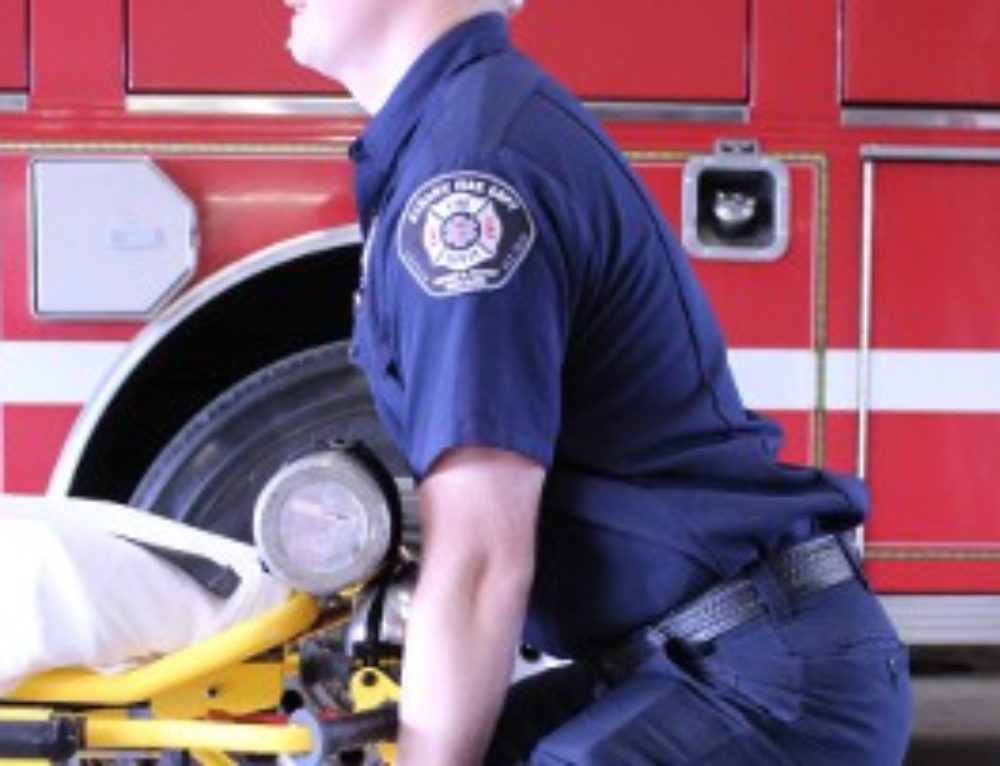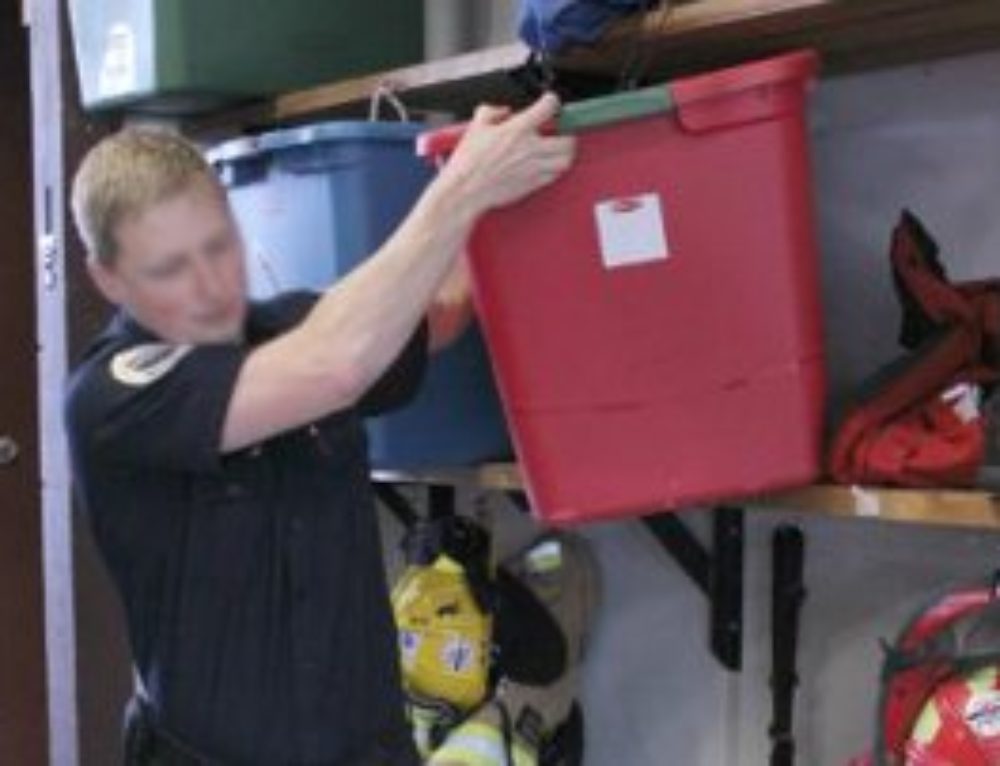A few weeks ago I began a series about a dire and complicated problem in the fire service: back injuries. If you haven’t seen it yet (it’s posted on every page of this series), the video below is a good primer about the misconceptions we have about treating and preventing back pain and injuries. Each week I’m going more in depth about the 6 myths discussed in this video. (see myth #1: back injuries are rare; myth 2: you need a flexible back to avoid back injury; myth #3: you need a strong back to avoid injury; myth #4: you should bend your knees when you lift and myth #5: you should suck in in your belly to work your core. I will discuss myth #6 below the video.
Myth #6: Sit-ups/crunches give you a “six-pack”
The belief that targeted abdominal exercises results in a “six-pack” has had gazillions of people busting out sit-ups, crunches and “8-minute ab” videos since the 1970’s. Unfortunately, whether or not someone has abdominals that look like a “six-pack” is more related to their body fat percentage than their muscle mass.
See, everybody has a six-pack under their belly fat. The abdominal muscles have tendinous bands that run vertically and laterally, making six to eight small rectangles of protruding muscle. Those of you who have seen a cadaver can attest that that’s just what human abdominal muscles look like.
In order for someone’s abdominal muscles to be visible, there can’t be any fat on top of them. Of course working the abdominal muscles will make them a bit larger and more visible, like any muscle, but they certainly don’t continue to grow in size like other muscle groups – biceps, quadriceps, etc.
Furthermore, people who believe that focusing on abdominal exercises will remove fat from this area are misinformed. Ultimately, you can’t “spot reduce” for areas you don’t like. You can only do your part to burn calories; your hormones decide which fat stores to break down first and last.
Now don’t get me wrong; I’m not saying don’t work the core. Firefighters especially need to have a strong core. Yet, believing in this myth can be harmful for firefighters. Here’s why:
You may recall in some of my prior posts I explain that firefighters should avoid exercises that involve extreme flexion of the spine (think of your low back bending into a “C” in the forward direction). Scientific research has shown us that this motion, while it may not hurt at the time, places a great deal of stress on the vertebrae. Over time, that stress builds up and the spine is no longer tolerant of high forces, which results in chronic pain and/or injury. So while sit-ups improve abdominal strength, they tend to decrease spine strength at the same time (because sit-ups promote spinal flexion).
Crunches may be OK since they involve a little less flexion, but there are lots of better exercises out there that challenge all your core muscles while keeping your spine in a neutral position. Click here to view the single best core exercise for firefighters and stay tuned for the next few articles in this series where I’ll be explaining the exercises that firefighters should do, plus exercises you should avoid, in order to have a healthy back.
If you’re not on my list to get more health tips like these, enter your name and email below.





I do the plank, and when I had a ball the plank walks, and I do another one, Definitely not sit ups. I know folks that do though!
I wonder what the pelvic floor has to do with core strength, or how it impacts it. I stretch my psoas, but I’m running into people more and more with pelvic floor issues and it’s quite restricting.